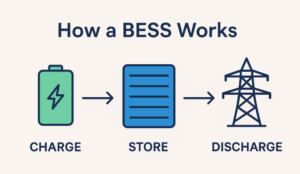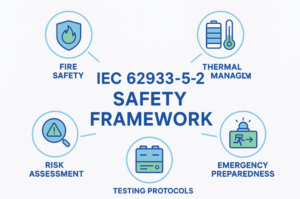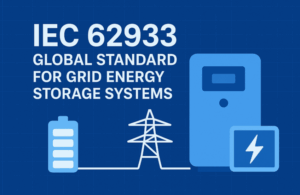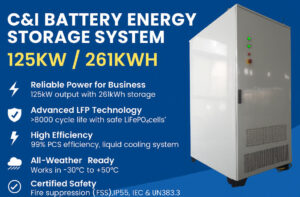Beyond Lithium-ion: How Different Battery Chemistries Handle the Cold (Lead-Acid vs. NiMH vs. LiFePO4)
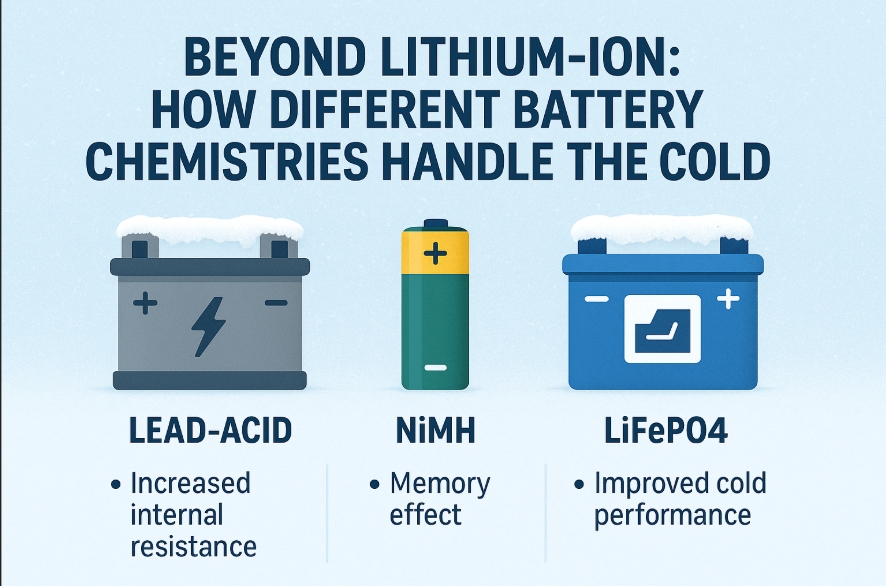
Battery Performance in Cold weather Lead-acid vs NiMH vs LiFePO4: When the temperature drops, so does your battery’s performance — but not all batteries suffer equally in the cold. Choosing the right battery chemistry can make or break your winter adventure, off-grid project, or RV trip. In this post, we dive into how Lead-Acid, Nickel-Metal Hydride (NiMH), and Lithium Iron Phosphate (LiFePO4) batteries perform and charge when the mercury plummets.
Why Cold Weather Challenges Batteries
Before we compare, let’s understand the science. In cold conditions:
- Electrochemical reactions slow down, reducing capacity.
- Internal resistance increases, causing voltage drop and heating issues.
- Charging becomes risky: plating, dendrite formation, or permanent capacity loss can occur if charged below recommended temperatures.
How Lead-Acid Batteries Handle Cold
Lead-acid batteries, including flooded, AGM, and gel variants, have been around for more than a century. They’re rugged but not the best performers in winter.
✅ Pros:
- Can tolerate mild cold discharge.
- Heats up internally during use, helping with performance.
❌ Cons:
- Capacity drops significantly (up to 50% at -18°C/0°F).
- Charging efficiency drops dramatically; charging below freezing can damage plates.
- Requires frequent maintenance (for flooded types) in cold storage.
Use Case: Lead-acid remains popular for automotive starters because engine heat helps. For deep-cycle in RVs or off-grid cabins, insulation and temperature-controlled storage are crucial.
NiMH Batteries in Low Temperatures
Nickel-Metal Hydride (NiMH) batteries are common in hybrid vehicles and consumer electronics.
✅ Pros:
- Better cold discharge performance than lead-acid.
- Self-heating during discharge helps maintain capacity.
- No acid to freeze.
❌ Cons:
- “Memory effect” worsens with partial charges in the cold.
- High self-discharge rate — can lose charge sitting in freezing temps.
- Cold charging efficiency is low; risk of overcharge if charger doesn’t adjust.
Use Case: NiMH works well for moderate cold in hybrids but needs a good BMS for charging control.
LiFePO4: The Cold-Weather Lithium Champion
Lithium Iron Phosphate (LiFePO4) stands apart from older lithium-ion chemistries like NMC or LCO.
✅ Pros:
- Retains more capacity in the cold (about 80% at -10°C/14°F).
- Higher cycle life even with moderate cold exposure.
- Many modern LiFePO4 batteries have built-in low-temp cutoffs or heaters.
❌ Cons:
- Charging below 0°C (32°F) risks lithium plating — permanently damaging cells.
- Needs smart BMS or external warming before charging.
Use Case: Popular for RVs, marine, and off-grid where weight savings, cycle life, and winter use matter. Insulation and heated battery blankets can help keep charging safe.
Cold Charging Tips for Any Battery Type
- 🔌 Use a proper charger: Smart chargers adjust voltage/current based on temperature.
- 🧣 Insulate your battery bank: Heated boxes or enclosures can make a huge difference.
- 🔥 Pre-warm before charging: For LiFePO4, never charge below freezing without internal heating or external warming.
- 🔋 Monitor regularly: A battery monitor or BMS is your best friend in cold weather.
Which Battery is Best for Cold Climates?
Battery Performance in Cold weather Lead-acid vs NiMH vs LiFePO4
| Chemistry | Cold Discharge | Cold Charging | Maintenance | Best For |
|---|---|---|---|---|
| Lead-Acid | Fair | Poor | High | Automotive, Backup |
| NiMH | Good | Moderate | Moderate | Hybrids, Tools |
| LiFePO4 | Excellent | Needs Heating | Low | RV, Marine, Off-grid |
For deep-cycle use in cold climates, LiFePO4 is often the winner — provided you manage charging temps properly. For occasional low-cost backup, lead-acid is fine with some TLC. NiMH slots in where lightweight portable power is needed but isn’t usually a big player for off-grid storage.
Final Thoughts about Battery Performance in Cold weather Lead-acid vs NiMH vs LiFePO4
Cold temperatures are battery killers — but knowledge is power. When selecting batteries for your RV, off-grid cabin, boat, or winter project, weigh the pros and cons of each chemistry. With the right setup — smart chargers, BMS, and heating — you can keep your batteries healthy and your adventures powered up all winter long.
FAQs about Battery Performance in Cold weather Lead-acid vs NiMH vs LiFePO4
Q1: Can I charge my LiFePO4 battery below freezing?
A: No — unless it has a built-in heater or you pre-warm it. Charging LiFePO4 below 0°C can cause permanent damage.
Q2: Is a lead-acid battery ruined if it freezes?
A: If fully charged, the electrolyte won’t freeze easily. A discharged battery is more likely to freeze and crack.
Q: Do NiMH batteries really have a memory effect?
A: Yes, and it can get worse in the cold if partial charges are common.

